Advertisement
Enough poor children: Africans call for diversity in aid campaigns
DAKAR (Thomson Reuters Foundation) - Communities that benefit from aid want international charities to move beyond pictures of poor children and show a more balanced view of Africa, a study showed on Friday.
People in six African countries were asked to evaluate images used in campaigns by major charities including Oxfam, UNICEF and Save the Children.
Most respondents in the survey by the Norwegian campaign group Radi-Aid found the representations accurate, but said they would like to see more pictures of older generations, of racial diversity and of positive aspects of their lives.
"I think they'll conclude that literally the whole of Africa is in a sorry state," said a 22-year-old Ugandan woman quoted in the study.
"It's as if we can't change. It's as if we are always begging," a 22-year-old Ethiopian man told Radi-Aid.
Other respondents in the study, which polled 74 people of different ages in Ghana, Zambia, Malawi, Ethiopia, Uganda and South Africa, said they rarely saw photos of black doctors or black aid workers, or of white children suffering.
Radi-Aid was set up by the Norwegian Students and Academics' International Assistance Fund (SAIH) to challenge what it saw as a tendency for aid groups to stereotype poor people as passive recipients of help.
It hands out annual awards for the best and worst fundraising appeals, last year naming a video starring the British singer Ed Sheeran among the most offensive.
It said the video, during which the singer offered to pay hotel costs for street children in Liberia, verged on "poverty tourism".
Most respondents understood that fundraising campaigns are strategic and said they would also choose negative images to inspire donations, according to the Radi-Aid study, which was done in collaboration with the University of East Anglia.
"(Aid agencies) know that in certain situations such as disasters, the negative imagery works," said David Girling, a senior lecturer at the University of East Anglia and lead author of the report.
"But constantly using that negative imagery I think has a long-term impact," he told the Thomson Reuters Foundation.
One of the consequences can be "compassion fatigue", where people do not feel compelled to donate because they've seen negative images for years and feel nothing has changed, he said.
A Save the Children study last year called "The People in the Pictures" had similar feedback, said the charity's director of content Jess Crombie.
"The people who were depicted understood very fundamentally why NGOs often use that type of imagery," Crombie said.
"But what everyone said alongside that was that they actively want to see more 360-degree depictions of their lives."
Girling called for more follow-up work, including bringing photographers together to discuss the problem and perhaps push back against what aid agencies request, he said.
(Reporting by Nellie Peyton, Editing by Claire Cozens)

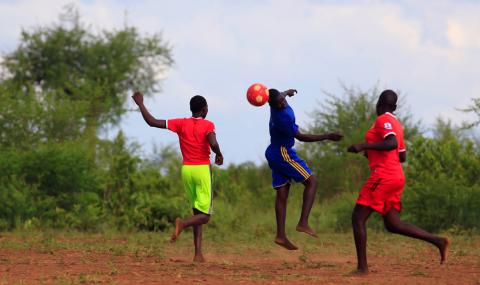




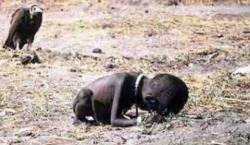

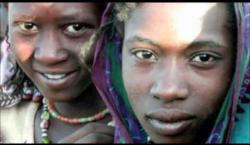







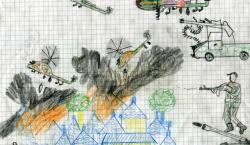
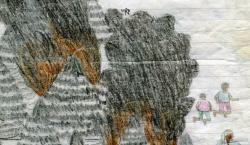

Add new comment